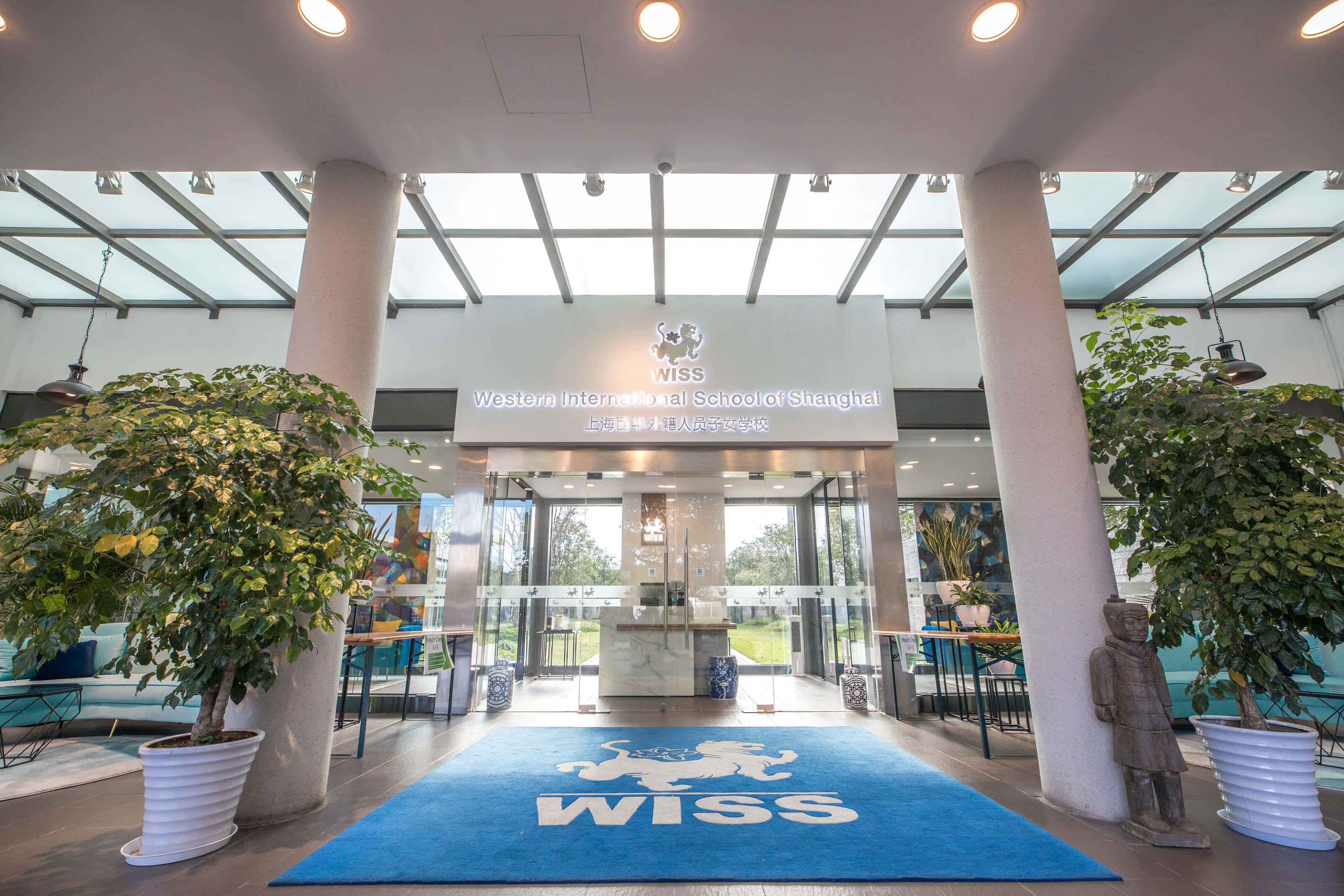Planning to move abroad and want to have an array of school options at your disposal? We’re giving you the low-down on the countries with the best international schools all around the world to make your decision that little bit easier.
Where in the world are the countries with the best international schools?
Generally speaking, Asia is KING when it comes to international schools. The continent has been the major driving force behind the astronomical demand for exceptional, Western-based education models worldwide for more than two decades.

This tidbit of news is probably unsurprising: the concept of international schools was created in the early 1920s to educate children of Western diplomats and expats in the world’s remotest regions. Asia is, nowadays, the most developed of all the remaining non-Western continents, which also include Africa and South America. In essence: Asia is the continent that attracts more Western professional expats than any other and, consequentially, is home to more international schools than any other.
If you’d like your children to attend one of the world’s best international schools, therefore, Asia is where you’ll want to move. Luckily, options are abundant within this very vast and enigmatic continent.

Here are the top four contenders.
Fun Fact: there are over 8000 international schools all over the world, educating 4,5 million children and providing work for almost half a million English-speaking teachers
Thailand
Thailand is home to over 180 international schools, a 1500% increase in a little over a decade. The first international school opened in Bangkok in 1957. More than half the international schools here follow the British curriculum,and this is the one country where local students actually outnumber foreign ones. Offering an impressive range of amenities and facilities, Thailand’s best international schools are highly coveted, boast long waiting lists, and quite strict entry requirements.
India
One of the international school pioneers back in the day, India has traditionally offered an array of excellent British and American-affiliated schools. Despite the age-old British influence in the country, the public education system is impressive in theory but leaves a little to be desired on more practical levels. The government is the largest education provider to its almost 1.4 billion-strong population, so funds are spread rather thin. This results in oversized pupil-to-teacher ratios, poor infrastructure, and below-par teacher training. All of this has created an unprecedented demand for international schools, and you’ll find that many new onesspring up on a near-yearly basis. Yet beware: quite a few offer local curriculums and are bonafide ‘international’ in name only.
International schools vary wildly in India, so it is advisable to tackle a recon trip to check out facilities, class sizes, and even things like cafeteria options. Needless to say, you’ll want to ensure the school is officially accredited!
Fun fact: experts predict that although it has taken a century to create 8000 international schools around the world, it will take merely ten years to double that number. The growth is phenomenal!
Singapore
Singapore’s enviable position and history make it an Asian trailblazer when it comes to offering British, North American, and Australian-affiliated international schools. The standard of everythingexpat-related in Singapore is world-class, including the local education, which means international schools here are a lot more traditional.
Local children are not allowed to attend international schools unless given special permission by the Ministry of Education. Interestingly, it is also much harder to place your expat child in a local school, as admission requirements are quite strict and geared (rather obviously) towards satisfying the local population’s needs, first and foremost.
The United Arab Emirates
Within Asia, the Middle East is undoubtedly the fastestrising star in international school offerings. In Dubai alone, you’ll find more than 40 world-class schools from which to choose. The UAE boasts one of the highest literacy rates in the world. Although its education system is less than a century old (and was essentially only boosted by the oil boom of the 1960s), it has made incredible strides forward. Paradoxically, this is also a country that boasts insane disparity between public, private, and international schools (in the latter, for example, gender segregation is rare) and is perhaps one of the more ‘unique’countries with the best international schools.
All up, the UAE is home to over 500 international schools with a variety of foreign affiliations. English and French are the most common primary teaching languages. In the private school sector, you’ll also find German, Japanese, and Filipino represented.
Fun Fact: international schools are not the ‘expat bubbles’ they once were (except perhaps in Singapore!) Around the world, over two-thirds of international schools’ students are locals
China
China has what experts describe as an insatiable demand for an English-style education. International schools in China are also where the modern evolution of the international school is most evident: students are not ‘westernized’ in any way, and curriculums go to great lengths to include plenty of local culture, tradition, and history. Yet gifting students a global education means they can apply for college positions anywhere in the world, leading to greater professional and personal prospects. This is the primary reason Chinese students make up an impressive percentage of international school classes and why the government is currently working with foreign universities to create upskilling programs for local Chinese teachers.

Entrance into international schools in China is highly coveted by local and foreign families alike who can afford the fees. Given demandfar outnumbers supply right now, applications must be made well in advance. China is home to about 560 international schools,with the very best of the lot are in Beijing and Shanghai.




